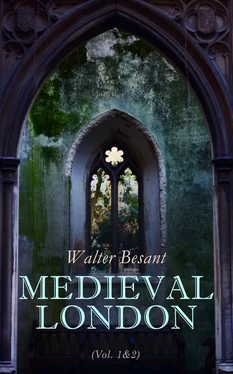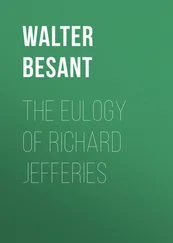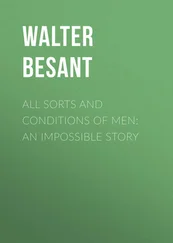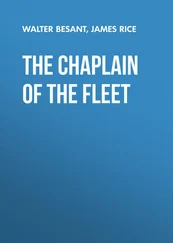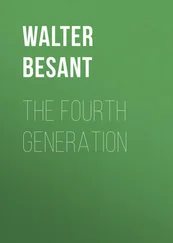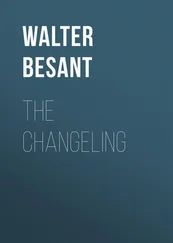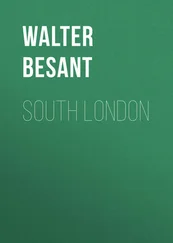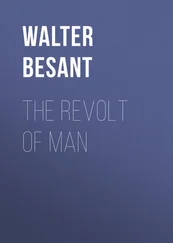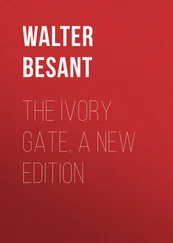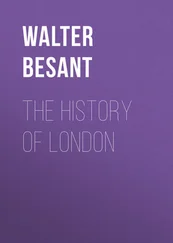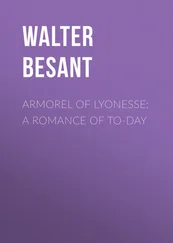When civil war broke out the City took the side of the Barons. London provided a contingent of 12,000 men. At Lewes the Londoners were routed by Prince Edward in return for the insults with which they had assailed the Queen, his mother; at Evesham their party was defeated and the King was once more restored to power. He deposed the Mayor; he put a Custos in his place; he refused to receive the citizens when they went to London to sue for mercy; he imprisoned Thomas FitzThomas for life; he confiscated the property of sixty of the wealthier citizens; he fined the City 20,000 marks, and because it was from the Bridge that the Queen had been insulted by the citizens, he gave the Bridge and its tolls to her. She kept it for a few years, neglecting to keep it in repair, and then gave it back to the City.
In the year 1257 Henry issued a new coinage of golden pennies, each weighing two sterlings, i.e. two silver pennies, and each ordered to represent twenty sterlings. He asked the advice of the City upon the matter. There was a general feeling that the golden penny was not wanted, and that it would cause a depreciation in the value of gold. The King ordered the coinage to be continued, but that no one should be compelled to take it.
We now come upon a confused episode in the history. It is that of the occupation of the City by the Earl of Gloucester (Gilbert de Clare). As Arnold FitzThedmar tells the story, the Earl was coming to London by command of the Legate, who held the Tower. The Legate further told the citizens that Gloucester was a friend of the King, and that they must admit him and his men into the City. However, the citizens begged the Earl not to take up his quarters within their walls by reason of the great multitude with him. Accordingly, he rode through with his host, and lay at Southwark. But next day the Earl came back, to hold a conference with the Legate, and there remained, he and all his people. The roving bands of the “disherisoned” who had been wasting Norfolk from their headquarters at Ely appeared before the City. The Earl took the keys of the gates, let in these dangerous marauders, and assumed the command over the whole City. Many of the better sort went away from this, and the Earl ordered their chattels to be seized for his own use or allowed his soldiers to plunder them. His men were joined by certain “low people” calling themselves the “Commons of the City”—they were obviously the craftsmen—who seized the opportunity to assert themselves: they arrested many of the principal citizens and spoiled and wasted their goods; deposed the mayor and sheriffs; they chose three of themselves to be custos and bailiffs; they imprisoned some of the aldermen; they invited back all those who had been expelled the City for breach of the peace against King Henry; and they released those who were prisoners in Newgate, Ludgate, Cripplegate, and any other prison. Some of the disorderly company of the “disherisoned” marched to Westminster, and there did as much mischief as they could to the palace, breaking the glass windows, drinking the wine, and defacing the buildings. The Pope’s Legate, meantime, was in the Tower. With him were many of the King’s friends—those of the aristocratic party—and a great number of Jews; we may also believe that the Caursini and the foreigners were taking shelter in the Tower. The Jews, who had with them their wives and children together with all their portable wealth, were assigned the defence of one ward of the Tower, which, it is pleasant to read, they did defend valiantly. In the end peace was made, and the City escaped without a fine save 1000 marks for the destruction of the house of the King’s brother Richard at Isleworth.
In 1267 the King gave the City of London to his son Edward in order that he might rule over it, and to enjoy its revenues. Edward appointed a Custos, one Hugh FitzOthon, who was also Constable of the Tower.
In 1271 the Prince restored the Mayor and Sheriffs and obtained a charter of confirmation for the City. This done he assumed the Cross and went upon his crusade.
The amount of revenue obtained by the King from the City of London in the year 1268 is shown by the following return furnished by the Bailiffs Walter Hervey and William de Durham.
|
£ |
s. |
d. |
| By the amount of Tunnages (king’s weigh-house) and petty strandages |
97 |
13 |
11½ |
| By the amount of Customs of Foreign Merchandise together with the Issues of divers Passages |
75 |
6 |
10 |
| By the Metage of Corn and Customs at Billingsgate |
5 |
18 |
7 |
| By the Customs of Fish, etc., brought to London Bridge Street |
7 |
0 |
2 |
| By the Issue of the Field and Bars of Smithfield |
4 |
7 |
6 |
| By Tolls raised at the City Gates and Duties in the River Thames westward of the Bridge |
8 |
13 |
2 |
| By Stallages, Duties arising from the Markets of Westcheap, Grass Cheap, and Wool Church, Haw and Annual Socage of the Butchers of London |
42 |
0 |
5 |
| By the Produce of Queenshithe |
17 |
9 |
2 |
| By Chattels of Foreigners forfeited for trading in the City |
10 |
11 |
0 |
| By Places and Perquisites within the City |
86 |
5 |
9 |
| By the Produce of the Waidarii and Ambiani or Corbye and Neele French Merchants of these towns |
9 |
6 |
8 |
| Total |
£364 |
13 |
2½ |
In the year 1267 there was a serious riot, showing that the craftsmen had not yet learned the lesson of fraternity towards each other. It rose from a quarrel between the goldsmiths and the tailors. Other trades joined in: for instance the tawyers who prepared fine leather: and the parmenters who dealt in broad-cloth. For several days the streets were thronged with companies of these conflicting trades, fighting and murdering. In the end the riot was suppressed and the ringleaders were executed.
Table of Contents
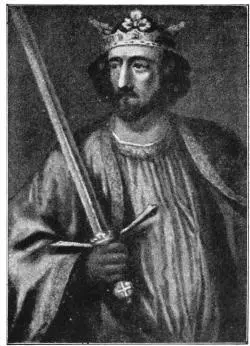
EDWARD I. (1239-1307)
The new reign began with the adjustment of an outstanding quarrel. Flanders was the principal cloth-making country, and, as such, she was always the chief customer of England for wool, in the trade of which so many of the London merchants were interested. In the year 1270, when the Countess of Flanders thought fit to lay hands upon the wool and other merchandise belonging to English merchants in her dominions, Henry issued a writ to the Mayor and Sheriffs forbidding the export of wool anywhere out of the kingdom. This measure failed to produce the desired effect. The King therefore, in 1270, seized all the goods of the Flemings, Hainaulters, and other subjects of the Countess; he ordered the London merchants to draw up an estimate of their wares, to be replaced out of the Flemings’ goods, and banished every Fleming out of the country. The property seized more than covered the amount of the loss. When the old King died during the absence of Edward in the Holy Land, the Chancellor, Walter de Merton, continued to banish the Flemings.
On his journey home, Edward received an embassy from the Countess, and sent for four discreet citizens to confer with him. The four chosen were Henry Waleys, afterwards Mayor of Bordeaux, as well as of London; Gregory de Rokesley, goldsmith and wool merchant; John Horn, evidently of Flemish descent; and Luke de Battencourt, Sheriff. Peace was concluded and signed in the same year—1274.
Читать дальше
